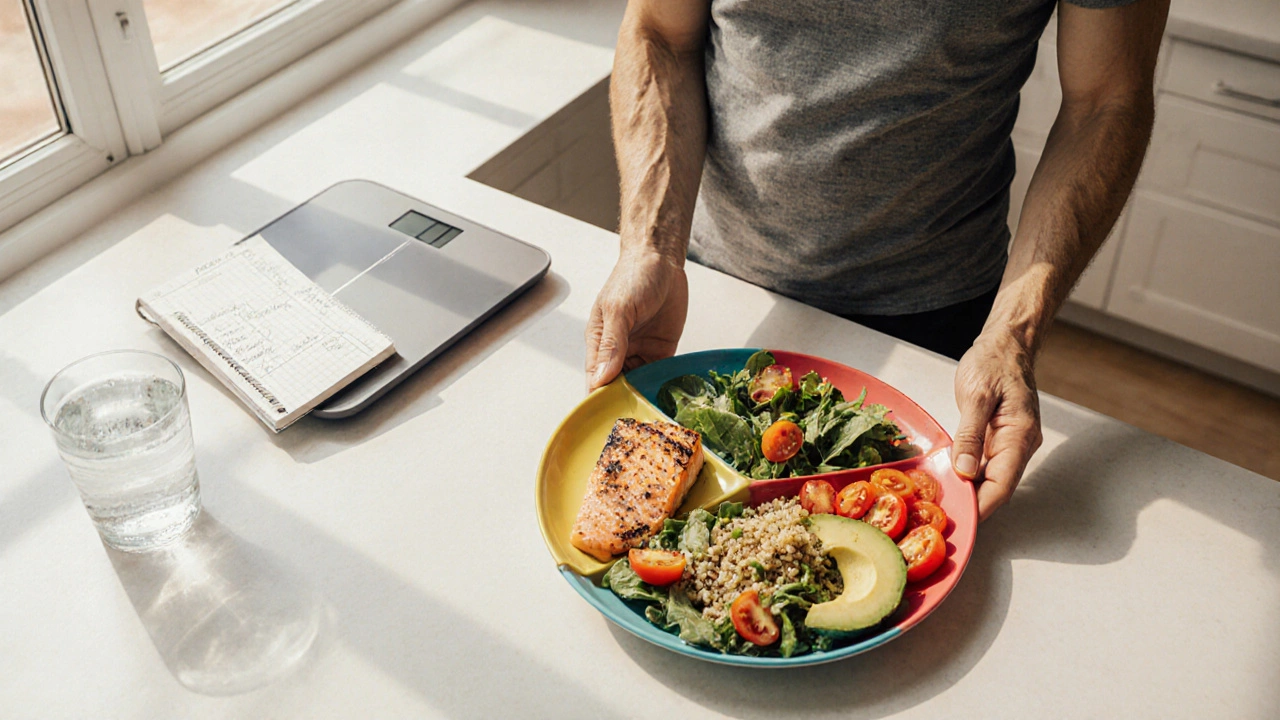Weight Loss After 50: Real‑World Strategies for a Healthier You
When tackling weight loss after 50, the effort to shed excess pounds once you’re past the half‑century mark. Also known as midlife weight loss, it demands a different playbook than younger years. Metabolism, the body’s engine that turns food into energy slows down with age, so you must adjust the fuel you feed it. Calorie intake, the total calories you consume daily becomes the primary lever you can control, while exercise, structured physical activity that raises heart rate and builds muscle supplies the missing spark to keep metabolism humming. Finally, nutrition, the quality of nutrients you eat decides whether those calories support muscle, bone, and overall vitality.
First, understand the metabolic shift. Research shows resting metabolic rate drops about 1‑2% per decade after thirty, meaning the same meals that kept you fit at forty now add extra pounds at fifty. This decline isn’t a death sentence; it’s a cue to recalibrate. Reduce your daily calories by roughly 200‑300 kcal—a modest cut that respects your body’s new baseline. Pair that with protein‑rich foods like paneer, lentils, and eggs; they preserve muscle while keeping you full. Remember, muscle mass is the chief calorie‑burning tissue, so protecting it is crucial.
Next, make exercise a non‑negotiable habit. Aim for at least 150 minutes of moderate cardio—brisk walking, swimming, or cycling—plus two strength‑training sessions per week. Strength work (bodyweight squats, resistance bands, light dumbbells) tells your metabolism, “We still need that extra energy,” prompting it to burn more calories even at rest. Flexibility and balance drills, such as yoga or tai chi, lower injury risk and improve joint health, making it easier to stay active long‑term.
Putting It All Together: A Practical Blueprint
Combine these pieces into a daily routine: start the day with a protein‑focused breakfast (e.g., Greek yogurt with nuts), log your meals to stay within the calorie target, fit in a 30‑minute walk during lunch, and finish with a short strength circuit in the evening. Hydration matters—water supports digestion and can curb unnecessary snacking. Sleep isn’t optional either; seven to eight hours help regulate hormones that control hunger and fat storage.
Below you’ll find articles that dive deeper into each component—calorie calculators for a 55‑year‑old woman, metabolism‑boosting foods, safe exercise plans for Indian seniors, and nutrition tips that respect traditional flavors while cutting empty calories. Browse the collection to build a personalized, sustainable weight‑loss roadmap that respects your age, lifestyle, and health goals.





